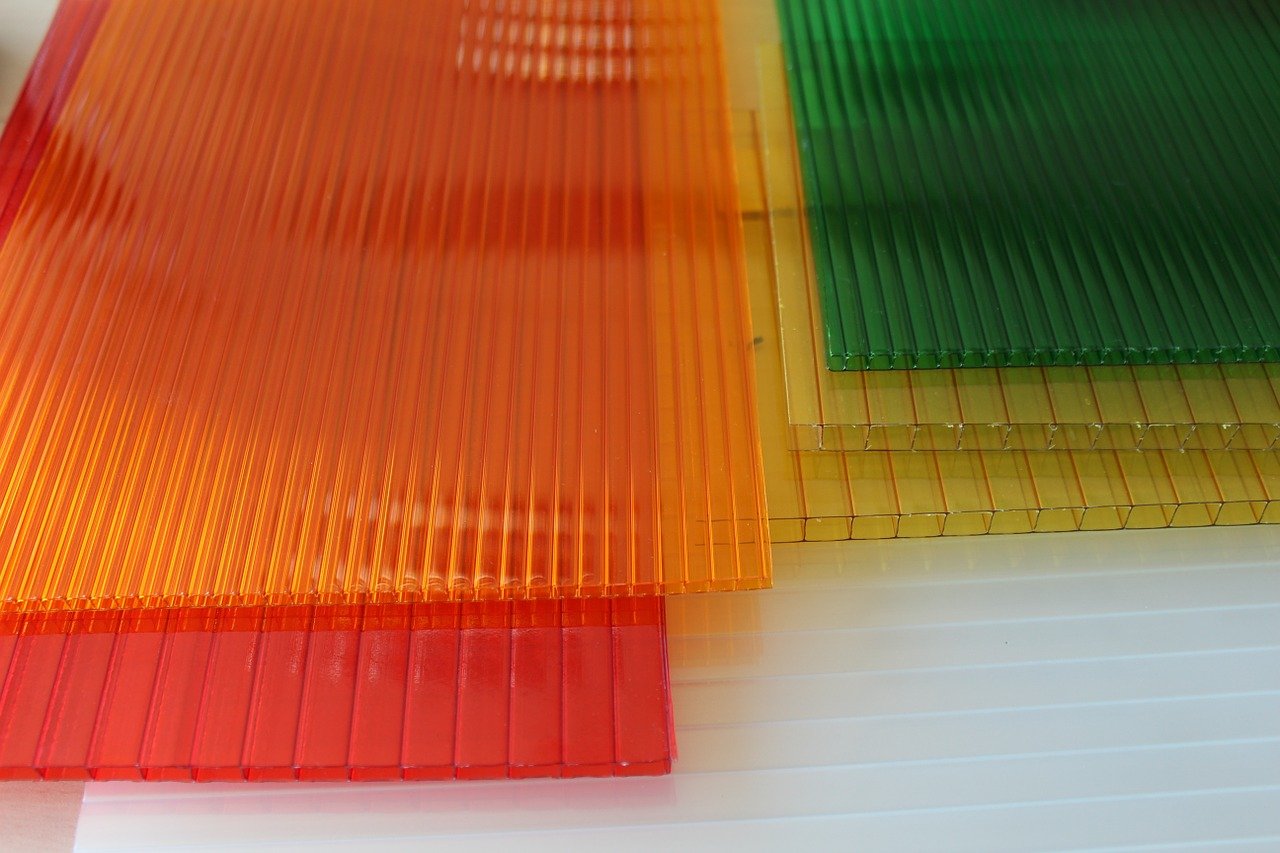
From thermoforming polycarbonate to thermoforming acrylic, Polymershapes has the equipment and the knowledge needed to thermoform a variety of thermoplastics and other materials. With our help, thermoforming foam PVC is even possible. In fact, it’s almost easier to list the materials that can’t be used in thermoforming, but that wouldn’t be very informative. Instead, allow us to introduce you to the wide world of potential involved in thermoforming. Learn more about the materials that we can use to thermoform the items you need, then give us a call to request a quote for your project. We’re always available to explain what you need to know and to brainstorm with you.
Polycarbonate
Polycarbonate, also known as PC, is one of the most popular materials to use in thermoforming. That’s because thermoforming polycarbonate is easy, and the quality of PC renders it impact-resistant. Its strength and clarity make it ideal for a variety of applications. Because polycarbonate is also resistant to high temperatures, you can rest assured that it will hold its shape once it’s thermoformed no matter the climate.
Acrylic
Continuing the list of materials that can be used in thermoforming, acrylic is another highly sought-after option. Acrylic is known by several names, including Plexiglass, Polymethyl Methacrylate, and PMMA. It’s a strong material that’s resistant to abrasion, it can be transparent and it’s still lightweight. Many grades can resist heavy impacts, and it’s possible to find colored acrylic to match the business aesthetic or to add an eye-catching quality.
ABS
ABS, or Acrylonitrile Butadiene Styrene, is a common material used in thermoforming. As with thermoforming polycarbonate, the finished product is impact-resistant, making it a solid choice for both indoor and outdoor applications. It has the added benefit of being flame-resistant as well, depending on the grade you order. This product is also available in an assortment of hues and textures.
PVC
You might not consider thermoforming foam, but it is possible. Talk to Polymershapes about how we can thermoform various forms of PVC. It, too, can be resistant to flames and strong impacts. PVC is also rigid, so it holds its shape extremely well.
HDPE
High-Density Polyethylene, also known as HDPE, lends itself well to thermoforming. Because it’s resistant to chemicals, cold temperatures, and impacts, it can stand up to just about anything. That being said, be aware that dimensionally speaking, it’s not always as stable as some of the other materials listed here.
HIPS
HIPS, aka High-Impact Polystyrene, is a low-cost material that may work best with your budget. It’s also incredibly easy to thermoform, and you can find it in an assortment of colors. However, it tends to be somewhat brittle, especially when compared to the likes of ABS.
Whether you want to talk about thermoforming polycarbonate, acrylic, or foam, Polymershapes is happy to help. Contact us to let us know what you’re looking for and we’ll steer you in the right direction!




